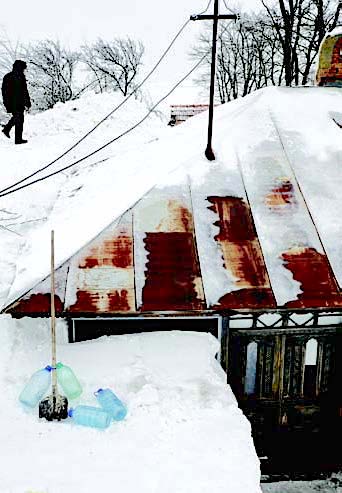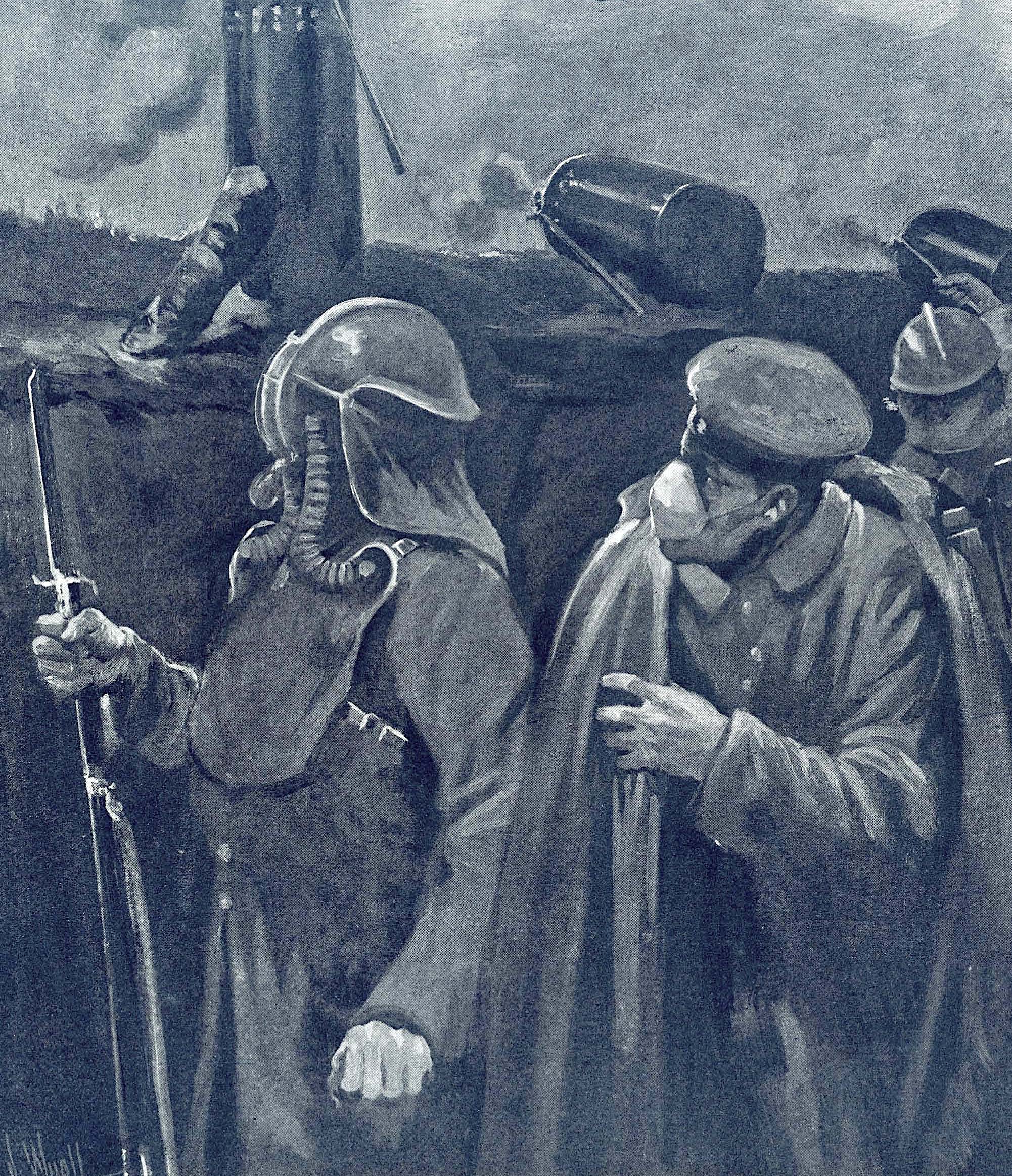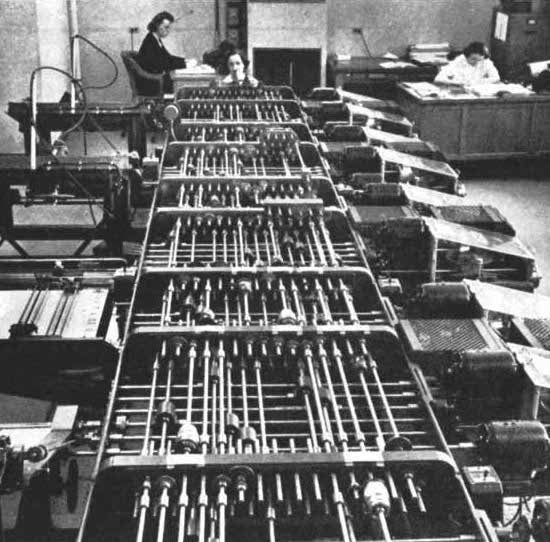| Dear Reader, January: the depths of winter in the Northern Hemisphere. I sometimes hear the grumble, “If there’s global warming, why is it so darn cold?” Well, curl up in front of the fire with a good Web browser because Scientific American has some answers. Also, last month we celebrated the 150th birthday of Fritz Haber with a look at his Nobel Prize–worthy work on growing more food; but as promised, this month showcases the dark side of his legacy, chemical warfare. And we round up with a politically neutral topic: calculating machines, because we can. 
Enjoy the journey!
Dan Schlenoff, editor of “50, 100 & 150 Years Ago” Interested in gaining access to 174 years of groundbreaking research? Learn more. | | |  Romania gets snow in the winter, but the blizzard of 2012 isolated 35,000 residents from food and fuel; 16 people died. [December 2012 issue] Romania gets snow in the winter, but the blizzard of 2012 isolated 35,000 residents from food and fuel; 16 people died. [December 2012 issue] | | | People have wondered for a long time about how our species is changing the thin blanket of atmosphere around our rock in space—especially lately, because there have been some very unpleasant extremes. - January 1856: The Massachusetts Board of Agriculture reports on the strong evidence linking the clearing of forests to an increase of drought.
- April 1950: “What, exactly, is happening to our climate?” The article tries to figure out whether the changes are short-term or long-term.
- December 2012: The loss of summer sea ice in the Arctic is linked to more severe winters in Europe.
- December 2014: A lot more people know what a “polar vortex” is these days. Here’s how the jet stream can bring us bitter Arctic chills.
| | | | |  The artist used industrial equipment of the day as a model for what was thought to be the protective gear used by the attacking force during the first mass gas attack in warfare. [From the May 1915 issue] The artist used industrial equipment of the day as a model for what was thought to be the protective gear used by the attacking force during the first mass gas attack in warfare. [From the May 1915 issue] | | | Chemical weapons are not new. Fritz Haber, however, turned chemical warfare into an important German military effort in the First World War—and the Allies heartily responded in kind. These days, properly prepared troops are in little danger, and most victims are civilians. - June 1864: Confederate “stink ball” shells emitted a stench “most fetid and villainous that ever outraged the olfactories of man” but were apparently not used in battle.
- May 1915: Following the first large-scale use of poison gas at Ypres in Belgium, an article identifies chlorine gas as the culprit.
- December 1935: An article pooh-poohs the idea that a “super war gas” could be developed. Unfortunately, highly lethal nerve weapons were invented the following year.
- March 2016: Scientists and politicians are arguing about the harmful effects today from the widespread use in Vietnam in the 1970s of the chemical defoliant Agent Orange.
| | | | |  A differential analyzer built in the 1930s by MIT and the University of Pennsylvania for the U.S. Army’s ballistic research. [From the April 1949 article] A differential analyzer built in the 1930s by MIT and the University of Pennsylvania for the U.S. Army’s ballistic research. [From the April 1949 article] | | | We carry computers in our backpacks, in our pockets, on our wrists. The forerunners of computers were devices that counted numbers: they were so much faster than our brains are ... even if they were so much slower than today’s computers. - January 1915: Calculating machines were widespread for business use.
- April 1949: The history of calculating machines starts with the most famous: the abacus.
- February 1993: We had articles on Charles Babbage starting in 1854. Here’s a modern article that recreates that icon of steampunk fantasy: his mechanical computer.
- May 2016: Quantum computers are (potentially…) as far from current computers as today’s devices are from the early abacus.
| | | | | | As much as some of us would love to be couch potatoes—emulating our closest living evolutionary relatives, the great apes—human anatomy has adapted to perform best with the intensive physical activity required by hunting and gathering.
Plus: - The biggest machine ever built is the Large Hadron Collider in Geneva. Cutting edge mathematics is being developed to extract information from the flood of data it creates.
- Bariatric surgery was developed to address the modern problems with overeating and metabolism. It turns out, though, that it may rewire the gut-brain connection in some way.
- Can we figure out a way to remove enough carbon dioxide from the atmosphere to slow or reverse climate change?
For more highlights from the archives, you can read January's 50, 100 & 150 Years Ago column. | | READ THE ISSUE | | | | | | | | | |
Comments
Post a Comment